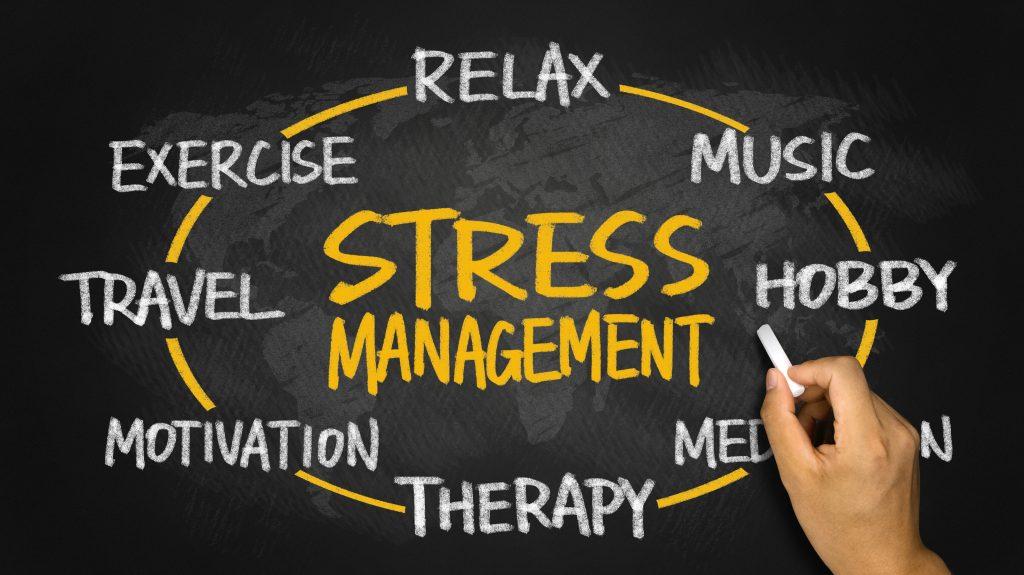As parents, we are bombarded with stress from every angle, from a multitude of people, and at all times of the day (and night). But, not all stress is created equal, nor does it come from the same place. Knowing these “stress” differences is important because they will impact how you reduce or eliminate them.
Cumulative Stress
Cumulative stress is a gradual stress reaction that may be low in intensity but piles up over time. You can still cope and function in your daily activities, just not at your desired level. You may experience symptoms like boredom, fatigue, anxiety, depression, or poor concentration.
This type of stress is probably the one most familiar to parents. We may be working (in person or from home), taking care of children, taking care of older parents, battling with the high costs of living, navigating social situations in a time filled with hot-button issues, and simply finding enough time to do this all in.
Burnout
Burnout is typically related to your job, but let’s face it, parenting is a job, right? You feel emotional exhaustion, depersonalization, and apathy with burnout, and symptoms might include irritability, anxiety, cynicism, exhaustion, not being present, illness, poor sleep, impatience, and even substance use.
So, if you have a career and are experiencing some of these symptoms, consider that you might be experiencing burnout from your work environment rather than from home. It might help you tackle this stress head-on.
Advocating for yourself in the workplace or, at a minimum – getting out of a job you are no longer passionate about can be a catalyst to minimize the toll it has on your mental health and the symptoms you are experiencing.
Secondary Traumatic Stress
This type of stress is tough and is rooted in the emotional distress we experience after hearing about someone else’s trauma. It can be sudden onset stress or a cumulative effect of contact with those who have suffered trauma. This is a type of stress where your traumas (either ones you have dealt with or not) can be triggered. It happens a lot for those in caring professions (from educators, social workers, and therapists to first responders and the like). Sometimes this is also referred to as compassion fatigue.
Symptoms can mimic those of PTSD. They may also include flashbacks, nightmares, hypervigilance, and avoidance of people and things you once loved. You may experience a level of helplessness that leads to paralysis.
If you are not in a helping profession as a career but are taking care of aging parents, you may experience secondary traumatic stress. Your parents may have trauma that begins to surface as they age, things that happened to them in their lives that they never dealt with, and now they begin to come to the surface. Knowing this is a possibility can help you handle your own emotions and stress.
Important Differences
While secondary traumatic stress develops because of making empathic connections with traumatized individuals, burnout is the result of administrative stresses, such as too much paperwork, large caseloads, etc.
Secondary traumatic stress comes from trauma, while burnout can come from an unsupportive and demanding work environment. Again – this could be parenting, too.
So How Do We Deal with the Stress?

Building resilience in ourselves is one of the main ways we can deal with any of these types of stresses. Think of it as building up 5 core components of yourself.
1. Self-regulation: engage your senses. Think of things like an internal body scan, relaxing all your muscles for at least 5 seconds going from head to toe, breathing, smelling, chewing mint.
2. Intentionality of practice: intentionality is the idea of principle-based living rather than demand-driven. Boundaries are a huge part of this. What are rituals you create for yourself when transitioning from work to home or vice versa? From picking up the kids from school?
Do you respond to emails even when you are “off”? Do you say no when you are at capacity and someone wants you to attend one quick meeting?
3. Changing perception: govern what you focus on. Practice intentional focus, not reactive focus. Changing our perception of our situation (at home or work) can give us back the power to make personal choices that benefit us and, therefore, our family. A big area of growth for this area is to learn to react to what you can control.
4. Connection/Support: Personal Life vs. Professional Life. What level of accountability do you hold for yourself versus others? It is important to consider who is in your personal network and your professional network. And then ask if those relationships leave you feeling fulfilled and positive about yourself. If not, it might be time to re-evaluate those relationships and let some of them go. Make sure your cup is being filled and that people aren’t simply taking from it.
Finding support groups is a great way to have a network of people to talk to. So, if you find yourself caring for children or your own parents – find a group that you can connect with.
5. Self-care/Revitalization: self-care will be most effective when you are intentional about it. You can think of the 5 senses and self-regulation here, too. Be physically active, listen to music, immerse yourself in nature, whatever it might be, and find activities that can reduce your stress levels, whatever their source.
Not only can you identify and reduce the stress in your life, but think about the modeling you will be doing for your children! Think about how you can engage them in identifying their emotions and building resilience. You will be setting them up for success. What a parenting win that is.
















